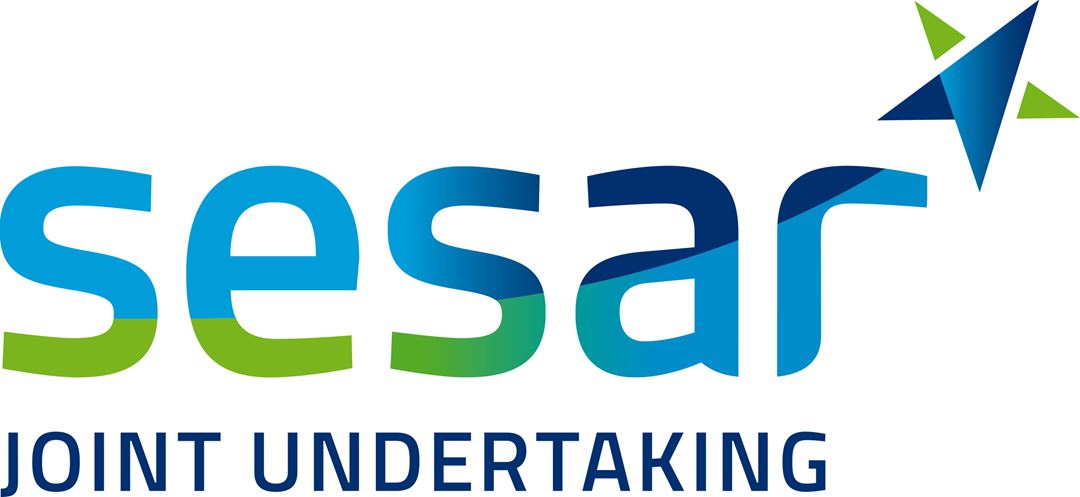The planning of arrivals and departures into synchronized, integrated, and optimized runway sequences will enable a long-term solution for effective and sustainable airport operations. SINTEF has developed an Integrated Runway Sequencer tool for full traffic optimization on single and multiple runway airports, in the SESAR solution Integrated Runway Sequence (VLD3-W2 SORT). It is applicable for most airports.
By using a modern optimization algorithm, the tool is able to dynamically provide integrated and optimized runway sequences in real time. It can also provide the users with effective support for tactical decision making based on holistic evaluations of effects.
The algorithm differs from other mathematical optimization algorithms by being incremental. This means that it only collects new and updated data and can therefore react extremely fast. In only 0.5 seconds, it can come up with the best possible order of departures and arrivals.
The runway is frequently seen as the key capacity bottleneck at the airport. The goal of the project is therefore to enable tower and approach controllers to optimize runway operations while ensuring safe operations. The sequencer supports both segregated runways and mixed arrival and departure runways by merging the arrival and departure flows into a combined flow. It reacts to real-time information and maintains stable and optimal runway sequences while satisfying separation constraints.
The sequencer has been validated and demonstrated in shadow-mode use. Feedback from air traffic controllers (ATCOs) confirmed the value of increased awareness with early planning of an integrated runway sequence, including functions to update the plan progressively based on real time flight events.
Validation tests of the runway sequencer at Stockholm-Arlanda airport show a potential for an average increase of the runway capacity by 5.1 per cent. This is achieved by optimized use of the parallel runways in mixed mode with both arrivals and departures, tailormade gaps between arrivals to accommodate departures, and balancing of flights between runways.
Controllers using the sequencer can also improve predictability and fuel efficiency by decreasing the variation between the actual flight and the planned flight by an average of 60.8 per cent.
The tool has been developed in cooperation with Swedish LFV.
Learn more about Integrated Runway Sequence in this video:



